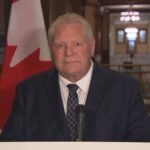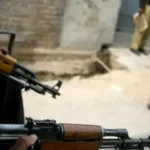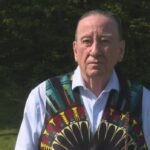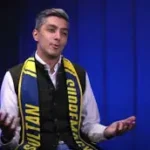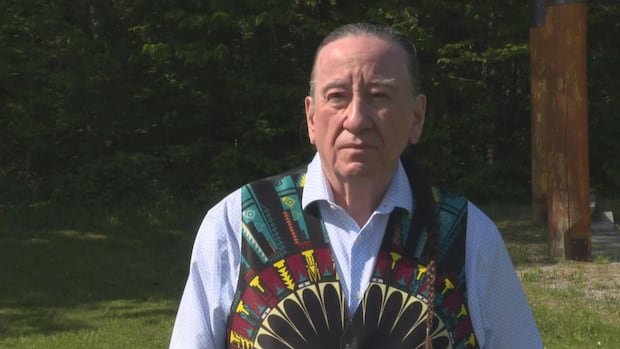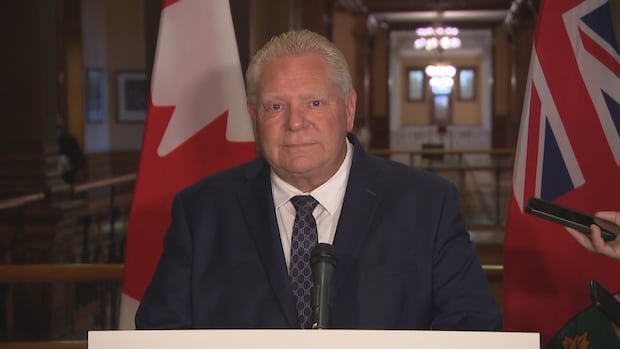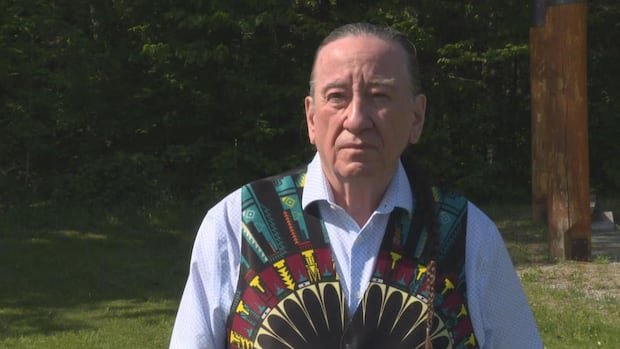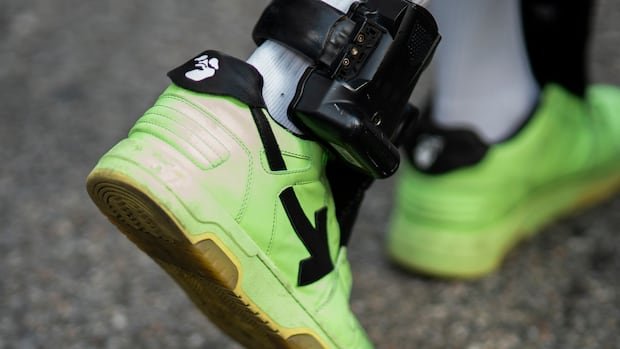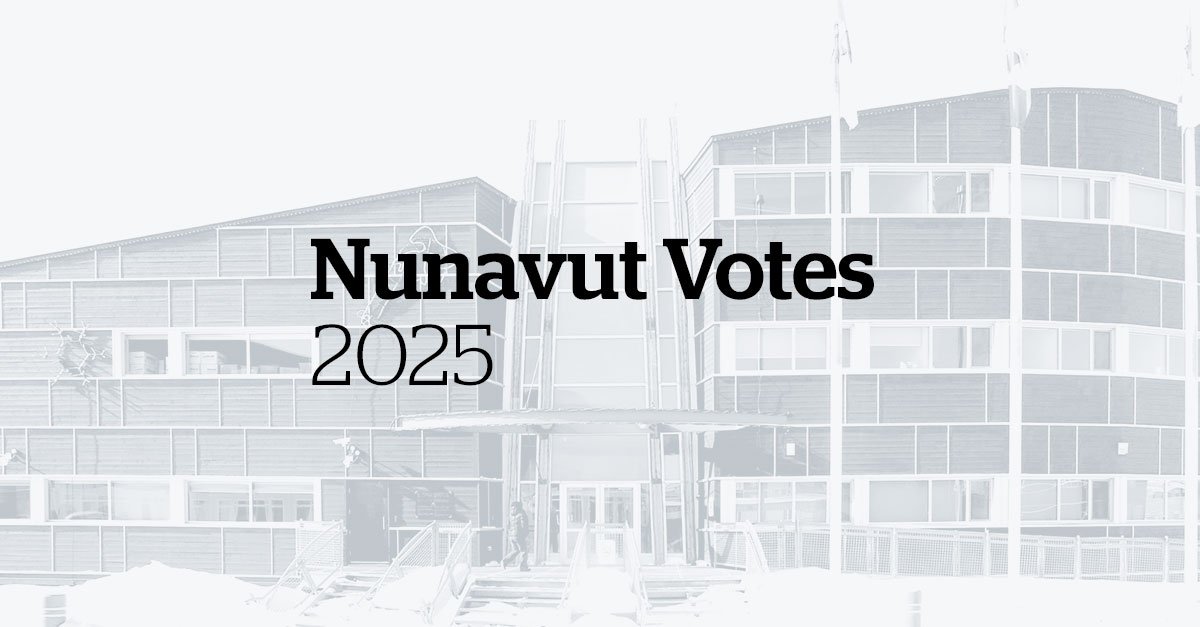Gilbert Whiteduck says the repatriation of indigenous items from the Vatican museum is an important step toward reconciliation, but the handling of those items must be done in a way that reflects their sacred nature.
“We need to be very cautious about how these things are organized because it’s not just a matter of taking an object from where it is in the Vatican archives and museums and just moving it,” said Whiteduck, director of education for Kitigan Zibi Anishinābeg. “Because some of these objects can be, depending on what they are, very sacred in themselves. And there would need to be a ceremony before they can even make this journey, the journey back to where they came from.”
Assembly of First Nations National Chief Cindy Woodhouse Nepinak issued a statement last week announcing that the national organization is in talks to repatriate a number of First Nations items from the Vatican Museums.
Until now, Whiteduck says he has had to search online to find information about these discussions. Additionally, he says there has been no official list as to what items could potentially be returned to the First Nation.
A transfer “from church to church”
The Canadian Catholic Church and the Vatican are reportedly moving toward an agreement to return the objects before the end of the year, with the return to be facilitated by the Canadian Conference of Catholic Bishops (CCCB).
The items will be returned through a “church-to-church” donation, a process Cheyenne Lazore does not agree with.
“These First Nations need to see what is really there and we need to identify what belongs to which nation,” said Lazore, manager of the Akwesasne Research and Rights Office, within the Akwesasne Mohawk Nation. “Many items were taken and each First Nation will be able to identify what belongs to us. There are specific identifiers that will allow us to know what belongs to each community.”
The items will first be returned to the Canadian Museum of History in Gatineau, where experts will work with Indigenous representatives to determine where they will go.
A long-awaited return
First Nations and indigenous organizations have been asking the Vatican for years to return artifacts taken from their communities during the residential school era. In 2022, a delegation of Indigenous leaders from Canada met with Pope Francis and viewed Indigenous artifacts during private tours of the Holy See museum.
Leaders renewed calls for repatriation following the appointment of Pope Leo XIV as head of the Catholic Church in May.
“The residential schools and the Vatican’s taking of objects were ways of weakening who we were and who we are,” Whiteduck said, adding that the true history of indigenous communities’ relationships with the Catholic Church and museums must be known and understood from the perspective of indigenous peoples.
“I think it is not well understood, it is not well understood why the objects that are in the Vatican are really important to us and, as I said, they contain much more than the object itself. “
For Lazore, returning the items to individual communities has the potential to bring some peace, but it is still far from full reconciliation.
“Thank you for returning our items, but many of our children have not yet returned home from the residential schools from which they were removed,” she said.
Many of Canada’s indigenous items held at the Vatican were sent in the early 1920s, after Pope Pius its permanent collection.
Among the items shipped from Canada were a human face mask from Haida Gwaii, a kayak from Inuvialuit and a couple of beads moccasins.
